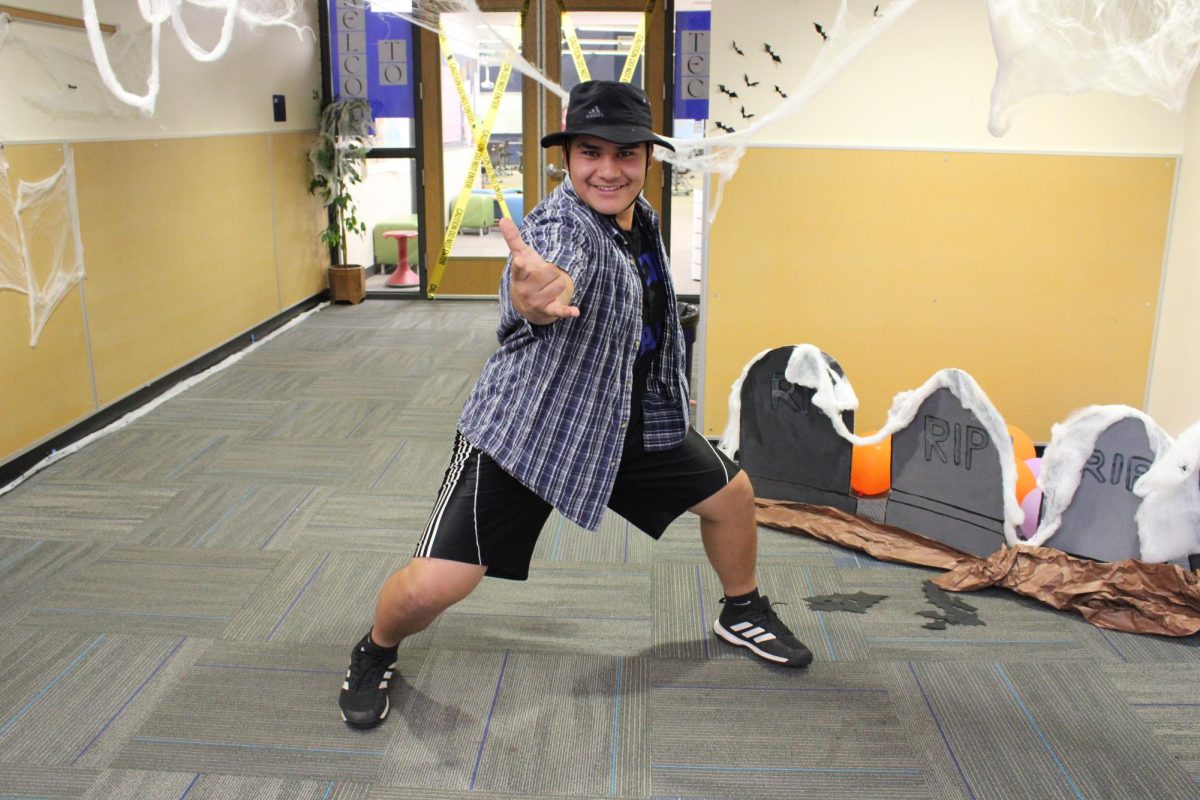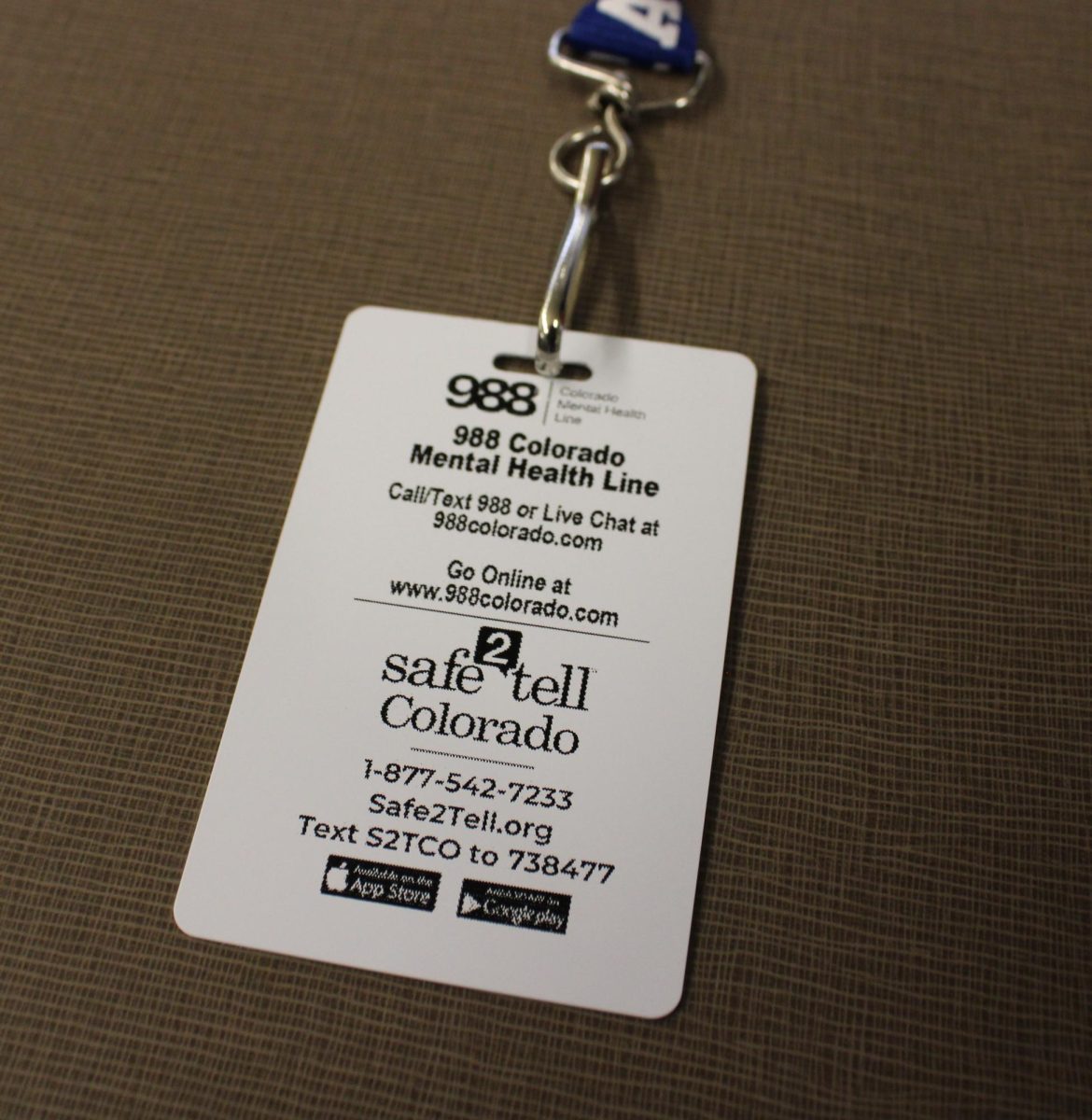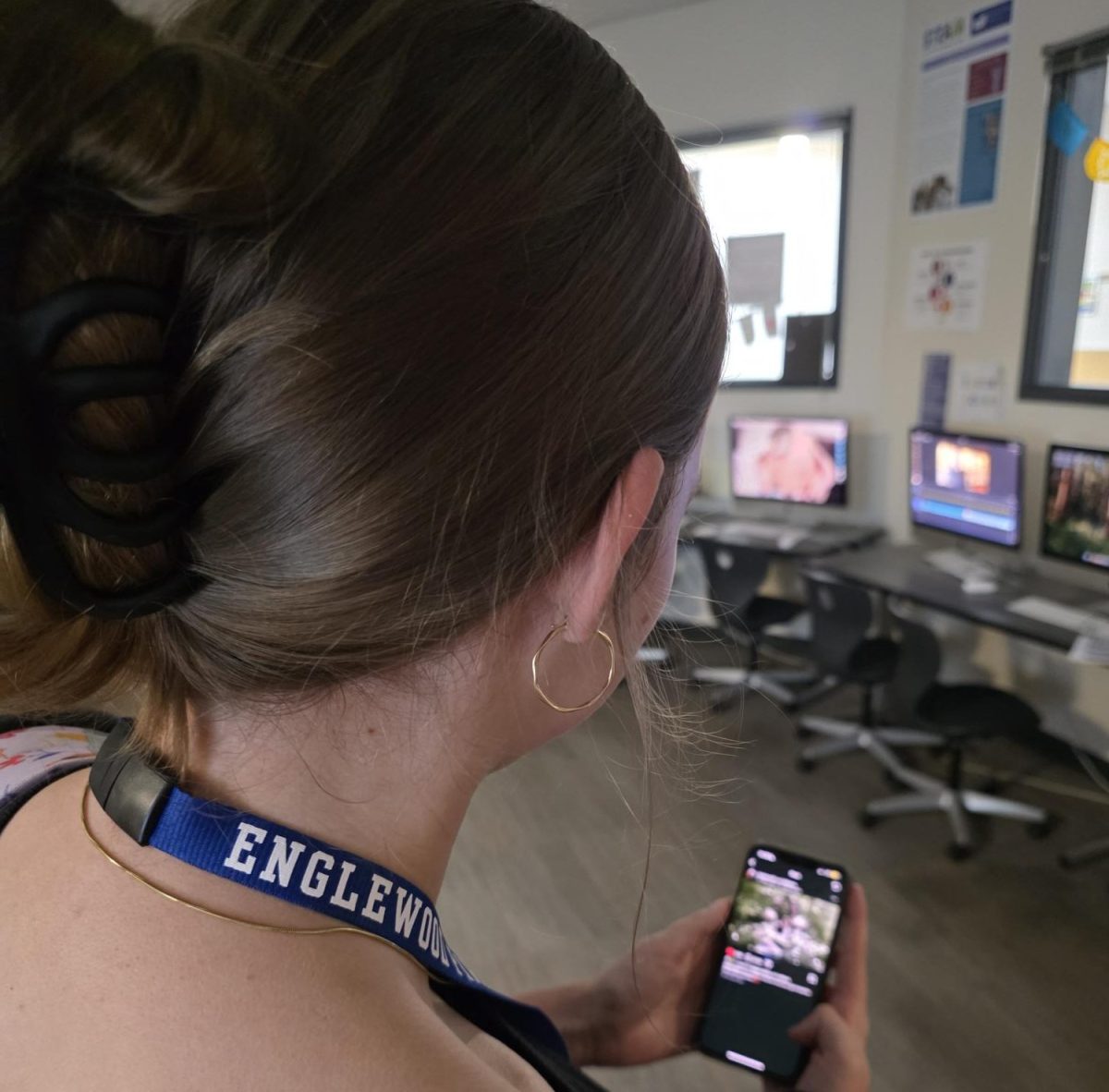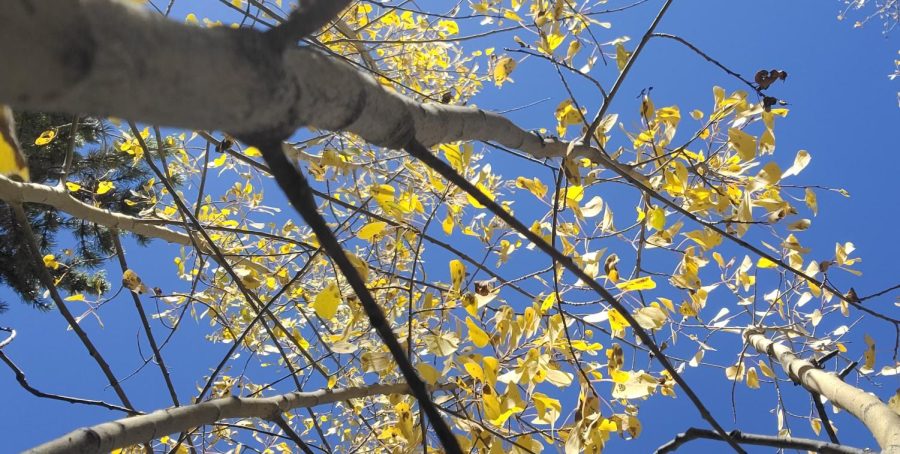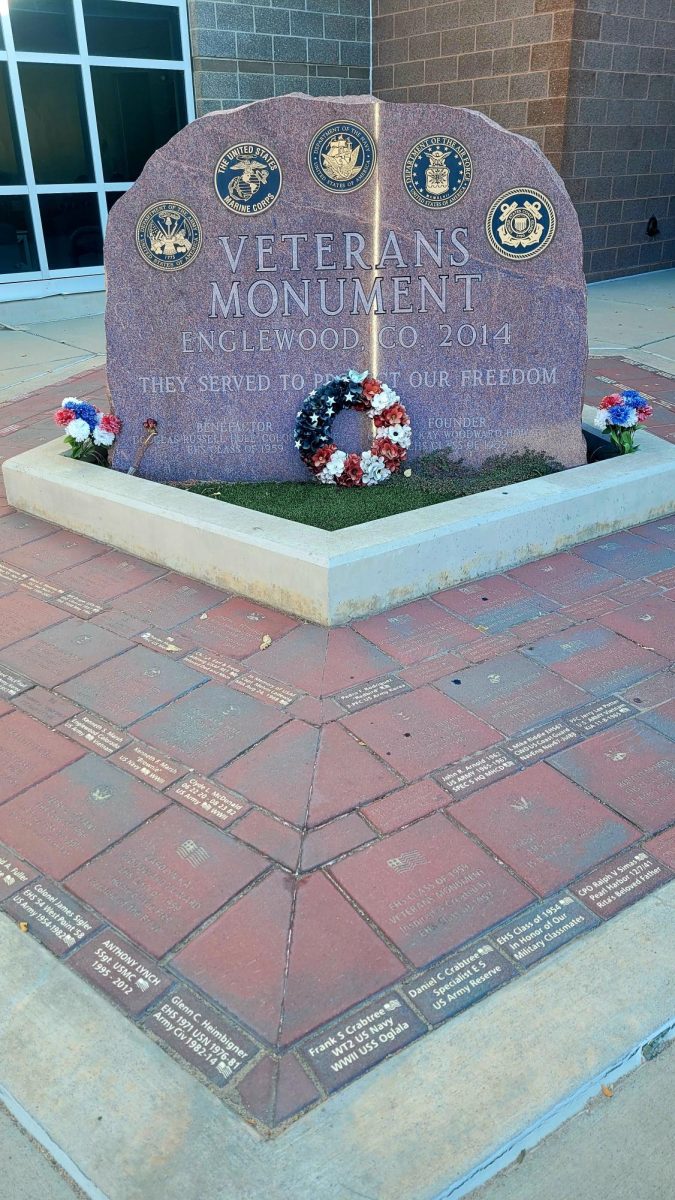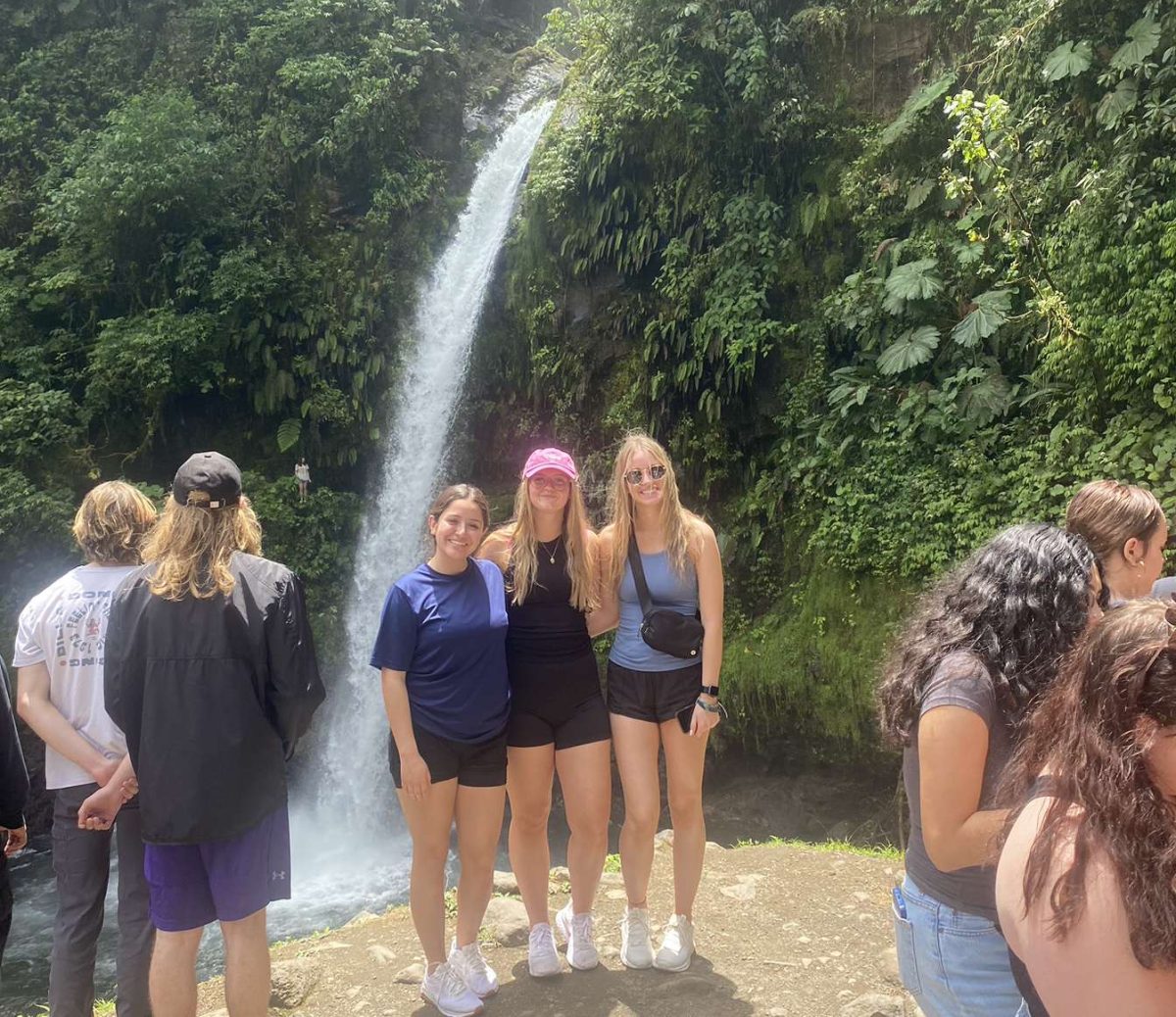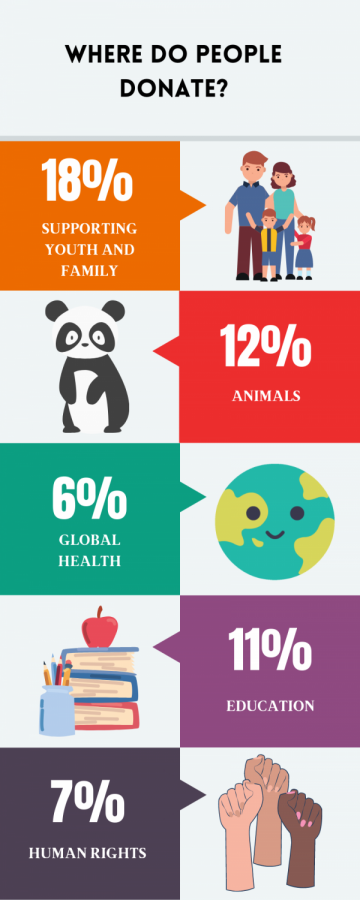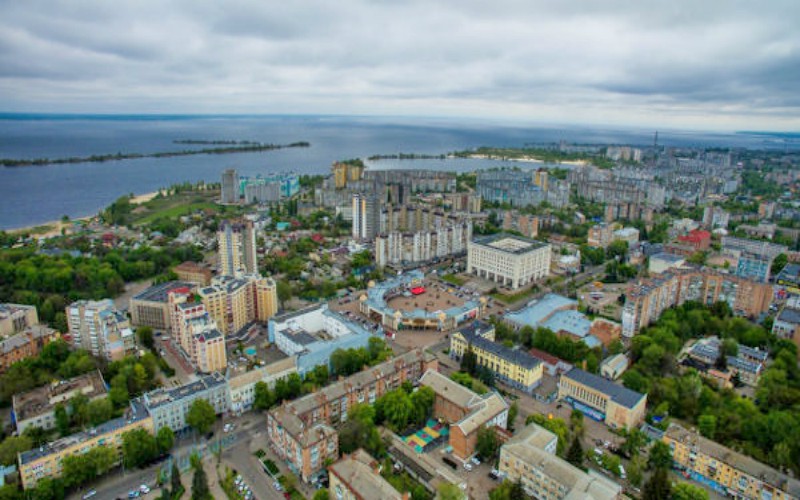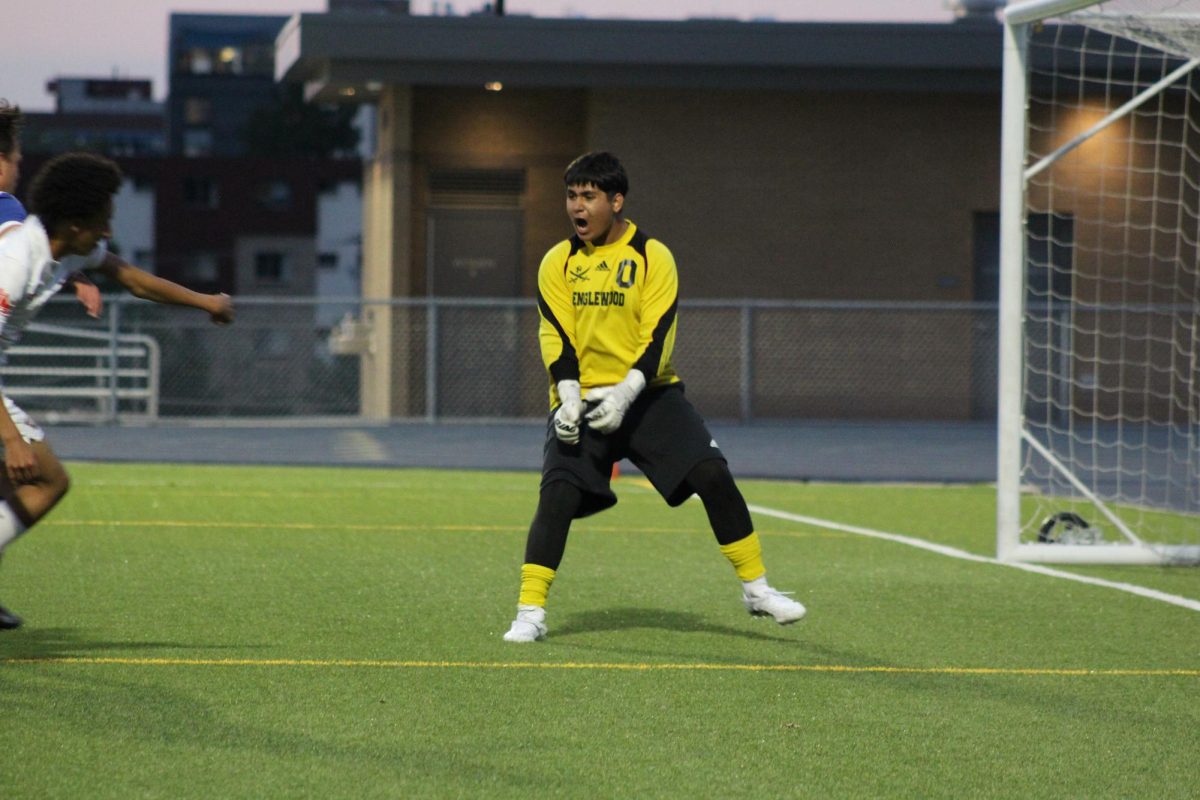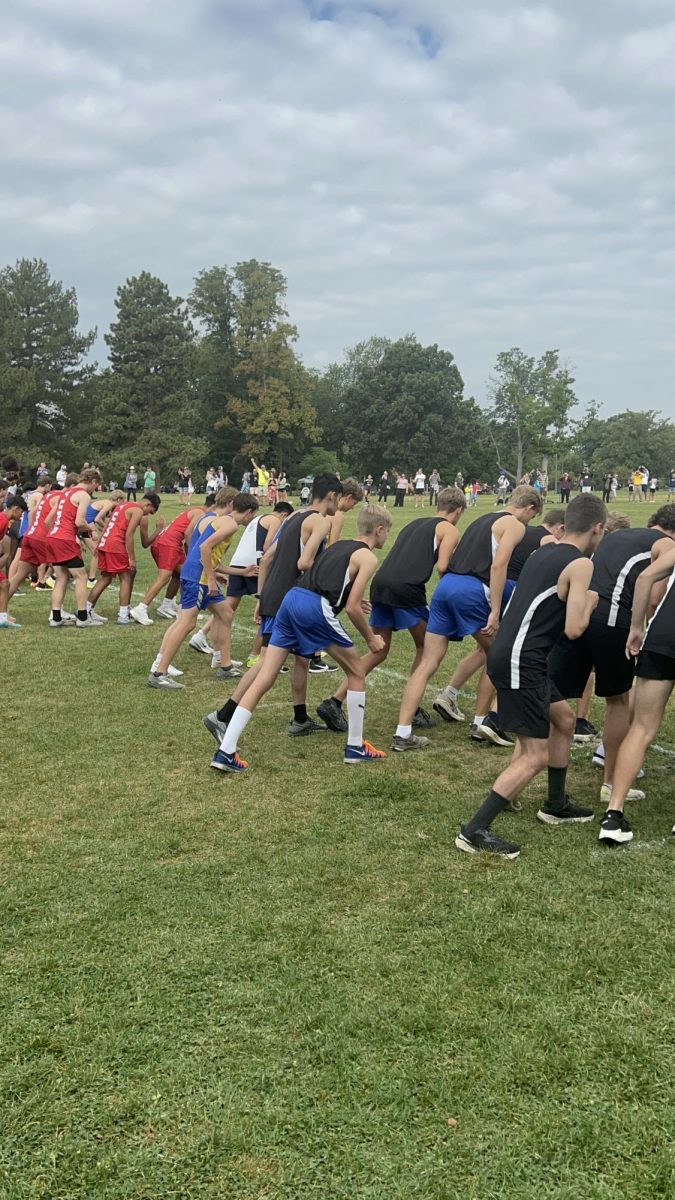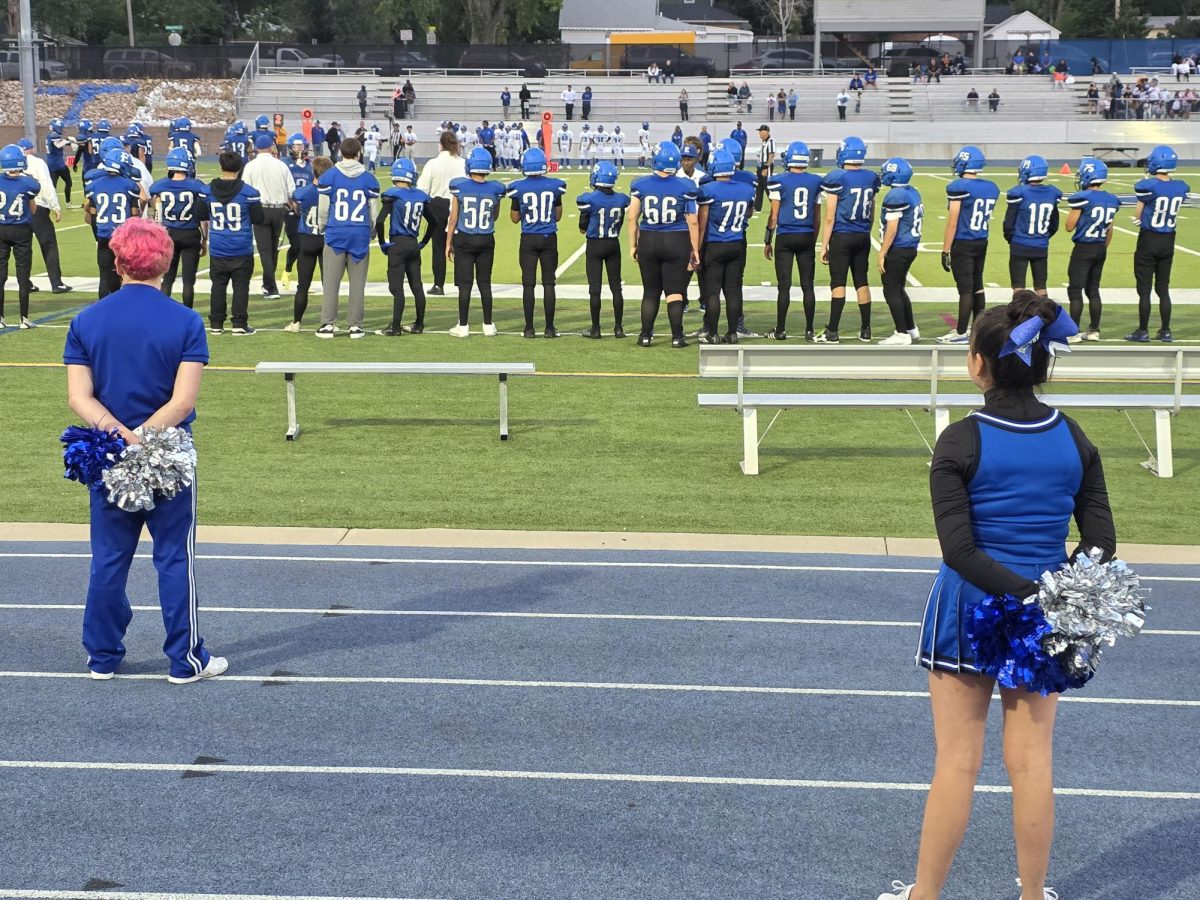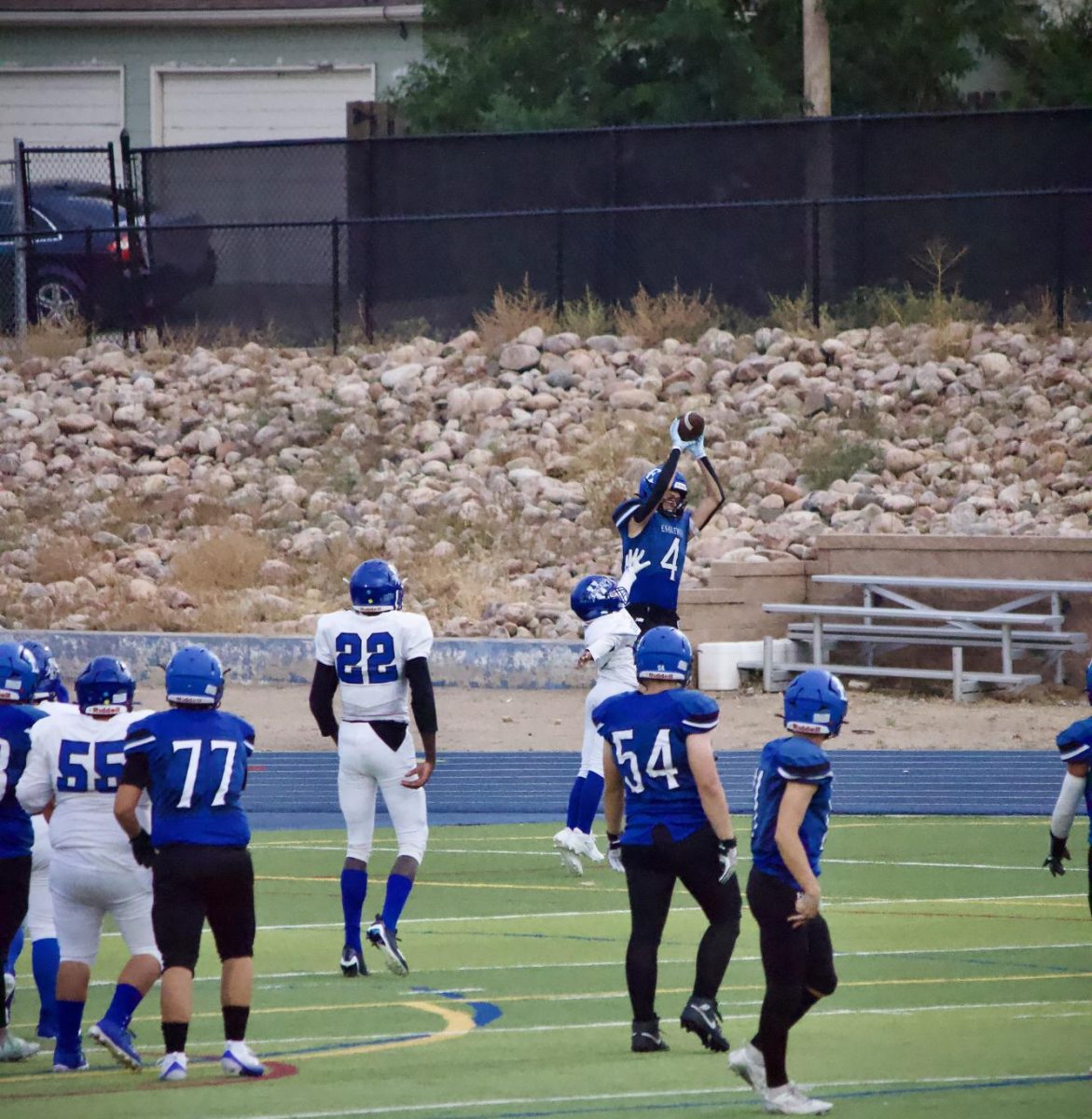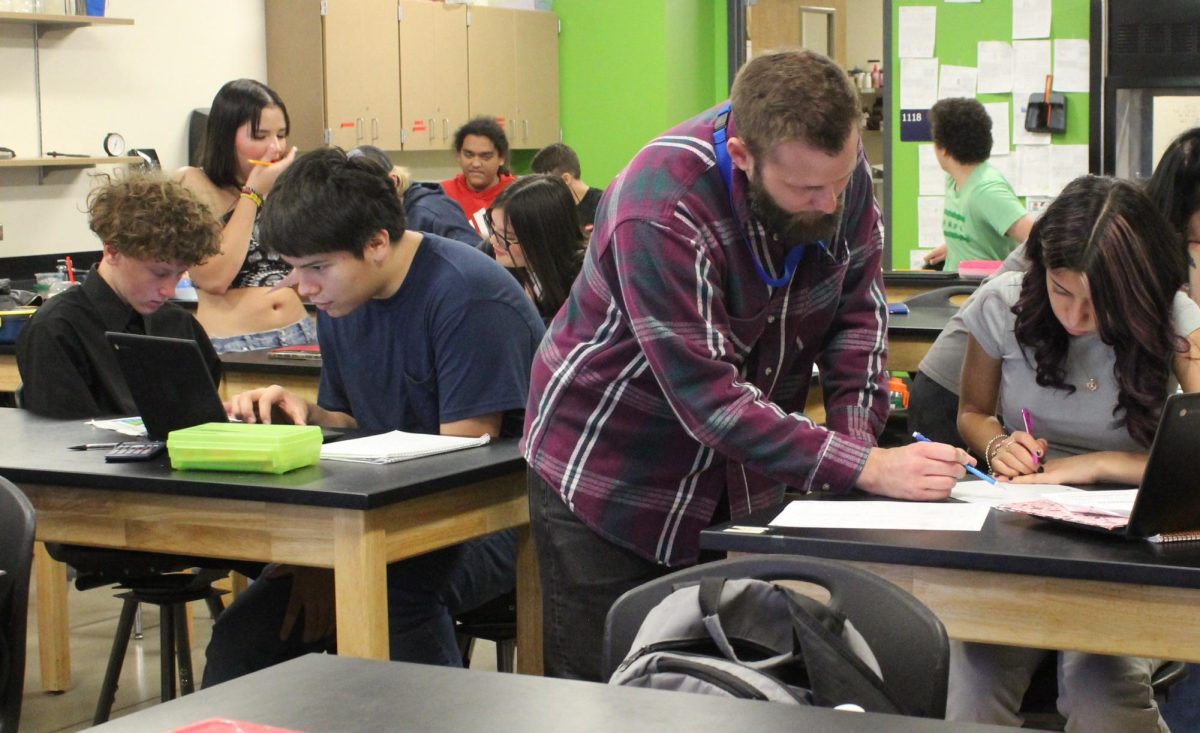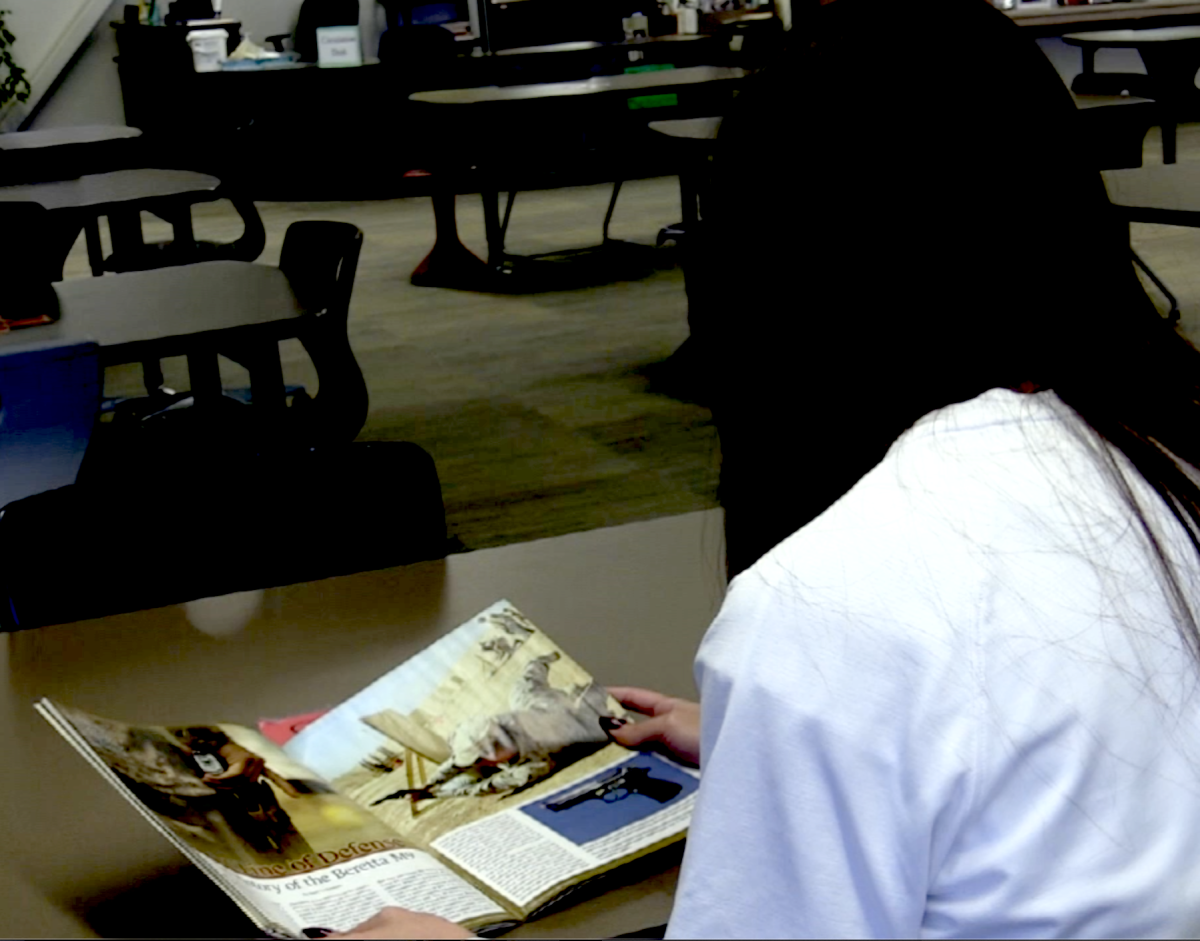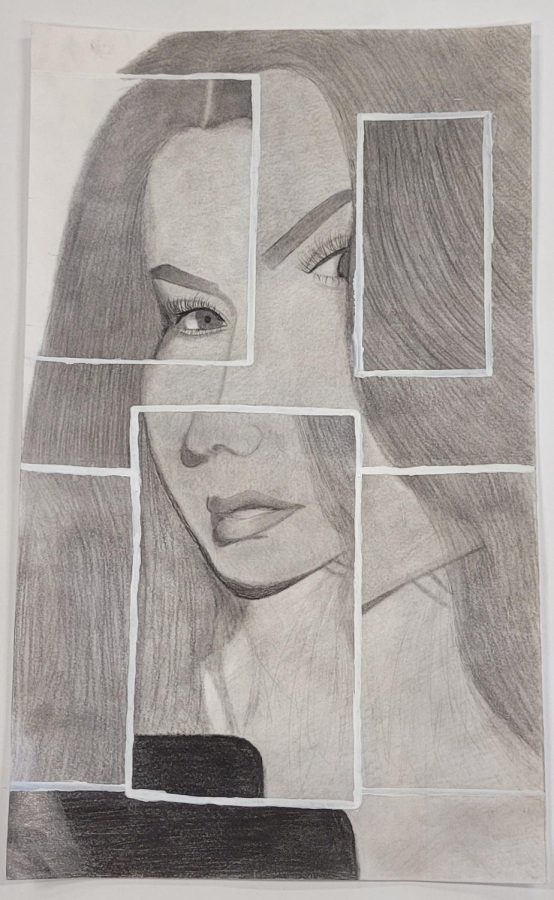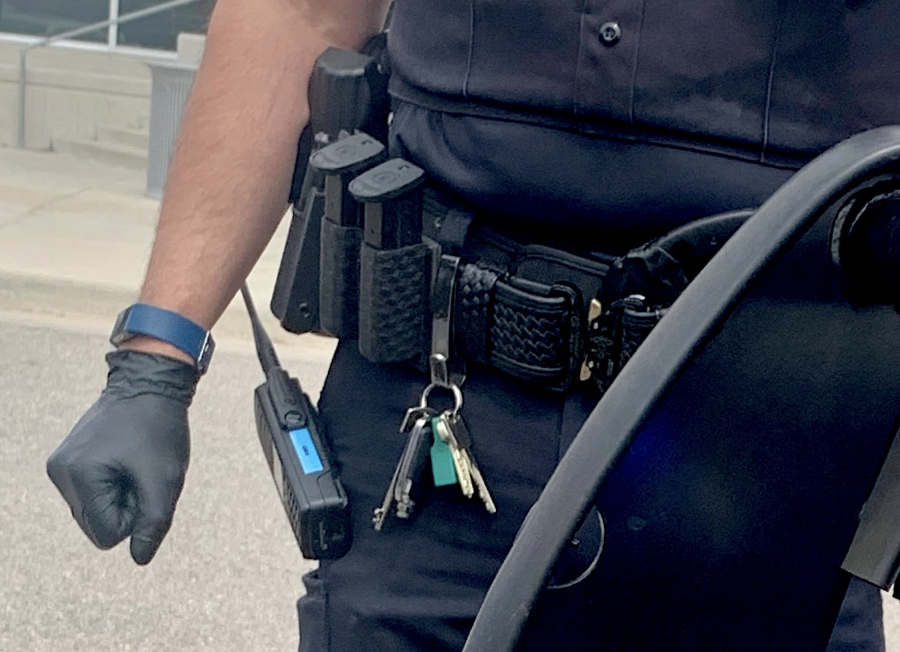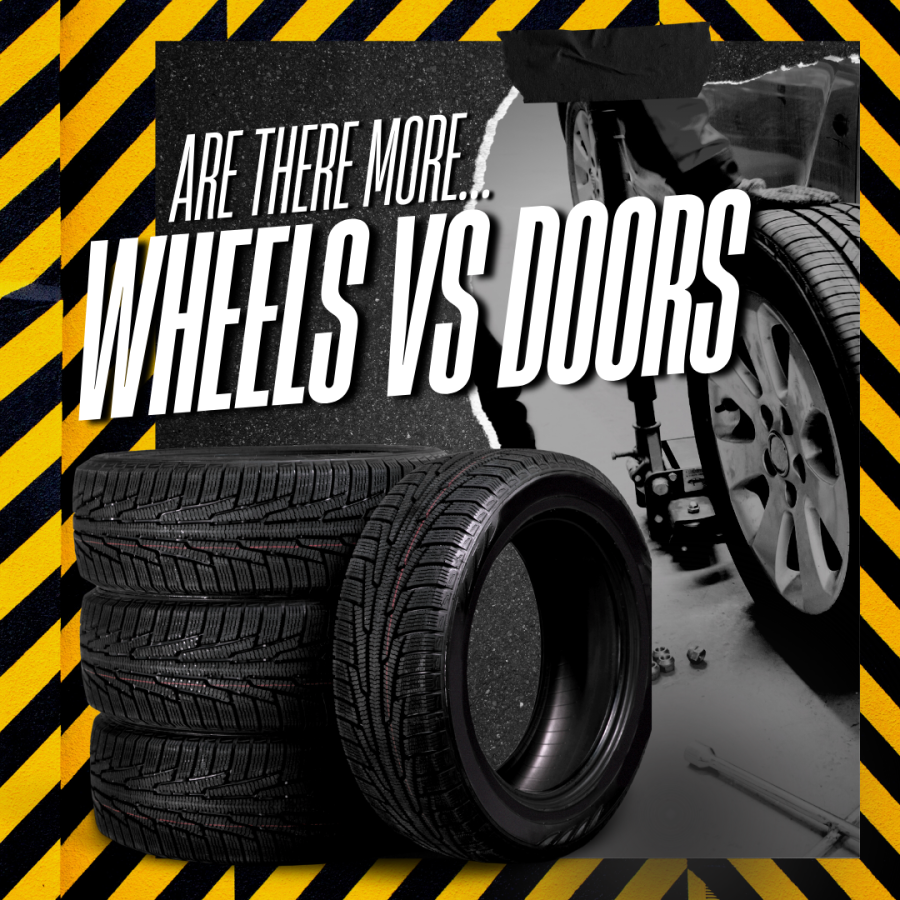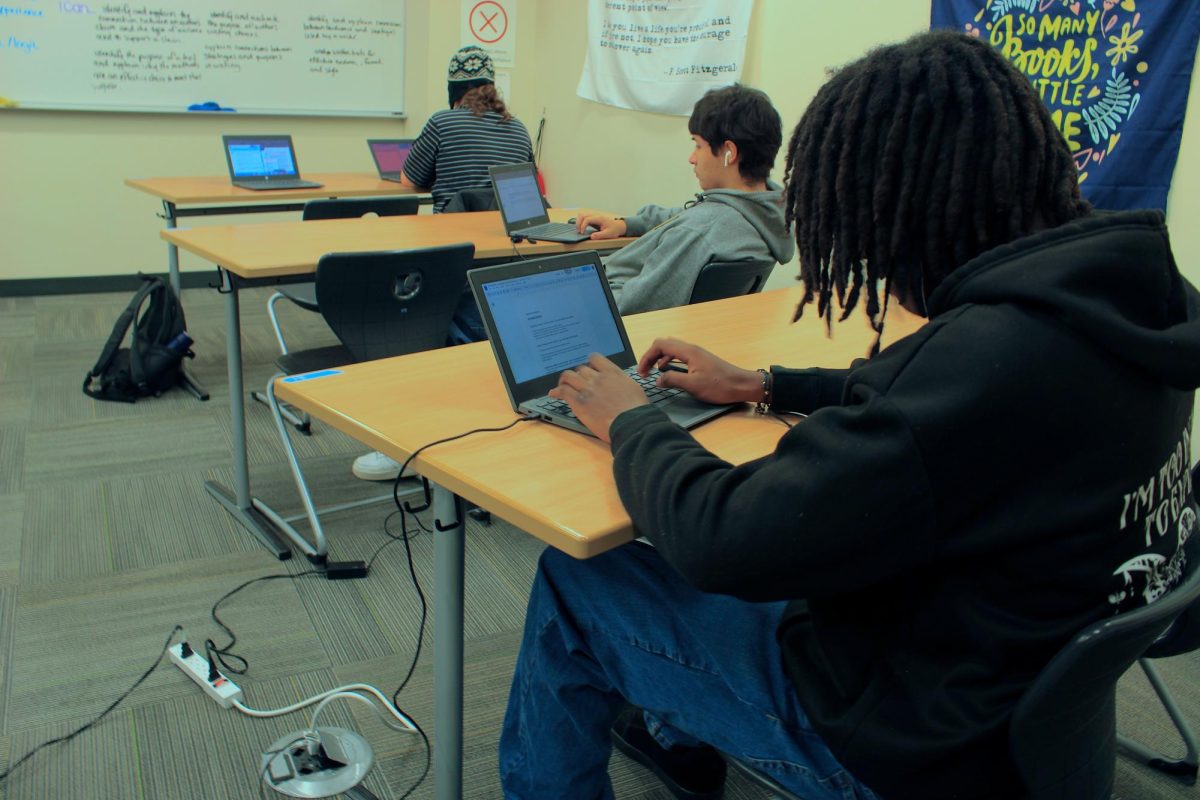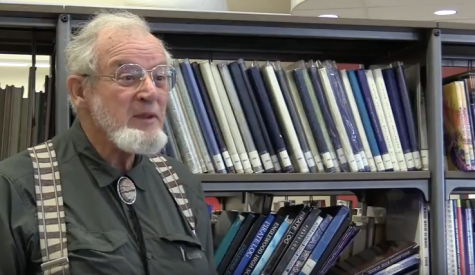TEC students learn about the holocaust
A survivor tells her story
In the late 1930’s, a young girl, just 7 years old at the time, went by the name of Enya. That was before her Jewish heritage would put her in danger. It was the time of Hitlers Germany. Now, it’s 2016 and she is called Estelle and she speaks out about the Holocaust to school children around the country. Estelle Nadel visited the TEC campus with one goal in mind. She wanted to tell students in Englewood what she went through from 1938 to 1942. She wanted the students to hear the fear in her voice. She wanted students to understand how hatred ripped her family apart. Students and their parents sat for nearly an hour in the Venue recently to hear her words. Her words moved the audience to tears at times.
Estelle starts her story by talking about the normal day of work for her dad and older siblings. They worked at a factory. One day soldiers came to the factory and split the workers into two lines, one to the left, and one to the right. Her sister and her uncle were put in the left line, her dad was in the right line. Her sister broke out of the line and ran home to tell her mother and Estelle that something was terribly wrong. She was right. The people in the right line were taken by trains to be killed or taken to the field nearby and shot.
That night, they ran from their house and hid in a field. The next night, they stayed with a family friend, hidden in the attic. Her mother was a great baker and her skills made her friends with a lot of people who risked their own safety to keep them alive. Estelle would see her mother leave to get food for the family. One night, she never returned. She found out her mom was shot and killed. The children stayed quiet inside another families attic. But the conditions were horrible. Hay on the ground for bedding, they couldn’t stand straight upright, little light came into the room and food was hard to come by. Her brother realized he could pass as a gentile so he went to get work. this left Estelle and her other brother all alone.
Many scary moments happened in the attic, many close calls. Then five motorcycles came. It was the Gestapo. The children hid under the bed. But that was the first place they looked. The Germans took them to jail. They were told the next morning they would be killed. The brother thought he could escape the jail through the bars, and it turns out, he was just small enough to squeeze through. So was she! They ran to where their aunt was hiding and stayed hidden for the next two and a half years. They were all liberated by the Russian army.
Estelle never went back to her normal life. She got false papers, left their home, went to Poland, then on to Austria and ended up in a deportation camp. One night, after singing in a talent show, an American came and asked her if she wanted to go America. She and her brothers went with that family. Getting to America wasn’t easy. You had to be vaccinated, get x-rays and blood work. You had to be in perfect health. It was April 1st, 1947 when Estelle finally landed in America. She was 12. she changed her name from Enya to the more American sounding Estelle.
She would go to the movies every day and that is how she learned English. Her tough times weren’t over. He brothers couldn’t take care of her so she went to a foster home where a Long Island couple adopted her. She was put in 6th grade even though she had never had a formal education. But she survived and thrived. She moved to California in 1951. She married and has 3 sons.
She no longer speaks Polish. She barely spoke of the holocaust to her children. She still hasn’t forgiven the Germans. But that doesn’t matter to her. What does is telling her story to school children. She wants children to spread her story and keep telling the story so people don’t forget it happened. She worries there is denial about the holocaust. She says the Holocaust was a terrible thing and reminds students that horrible things are still happening to people all over the world. Estelle returns to her home-land each year to participate in the “March of the Living” in Poland.
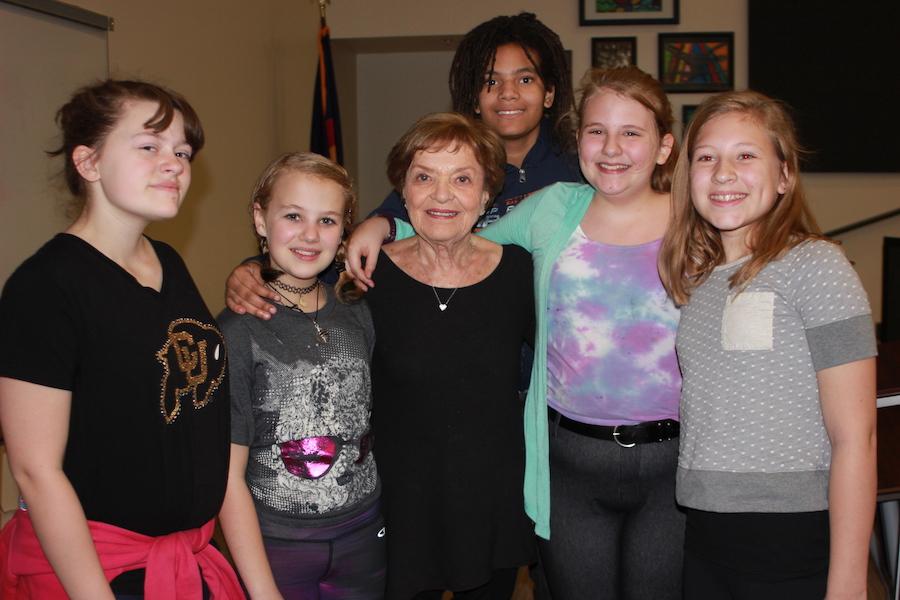

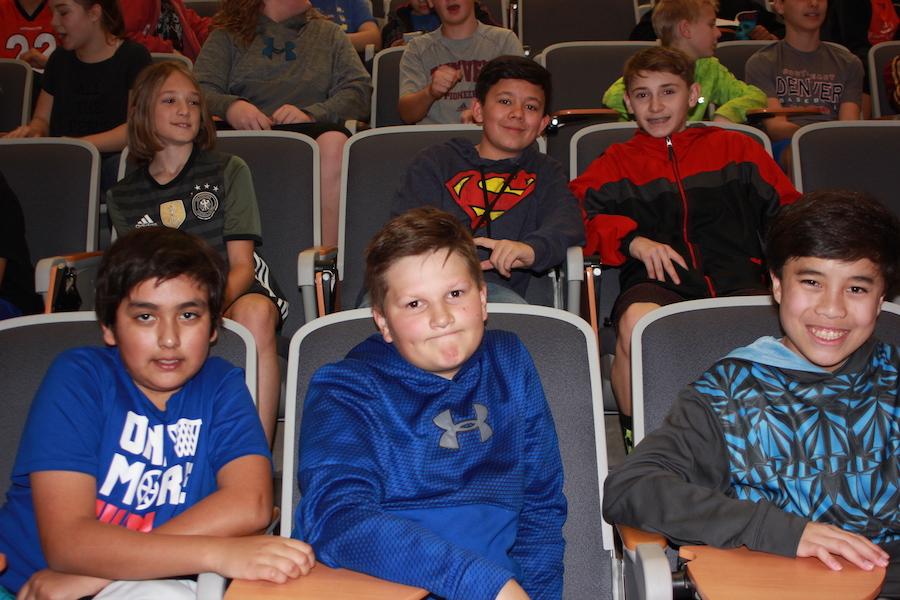
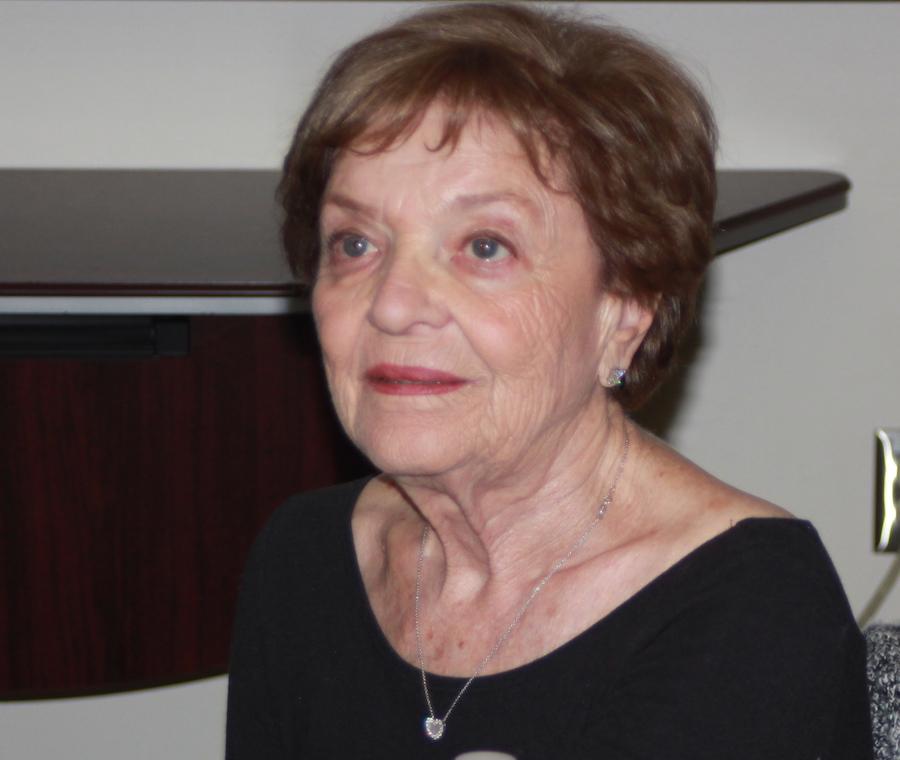
Your donation will support the student journalists of Englewood High School - CO. Your contribution will allow us to purchase equipment and cover our annual website hosting costs.

